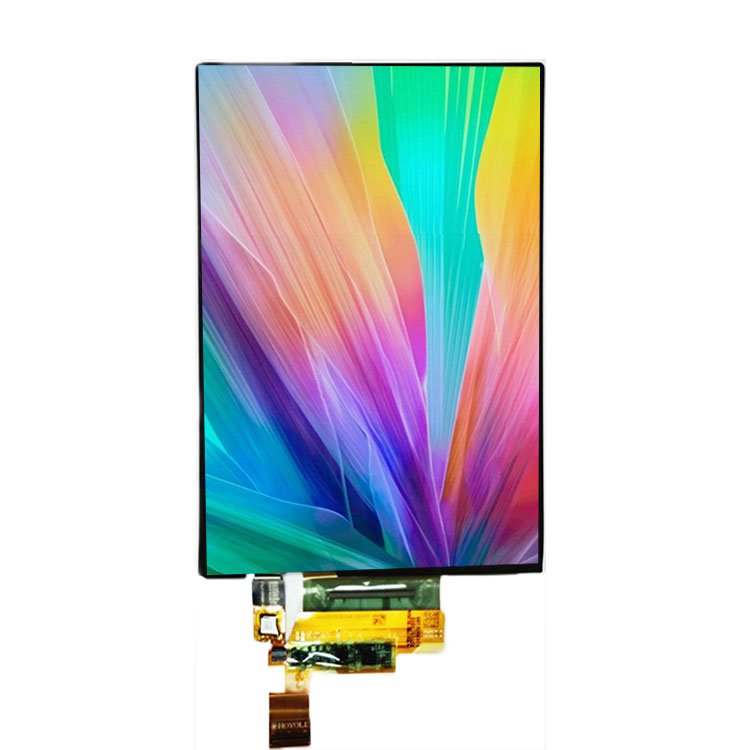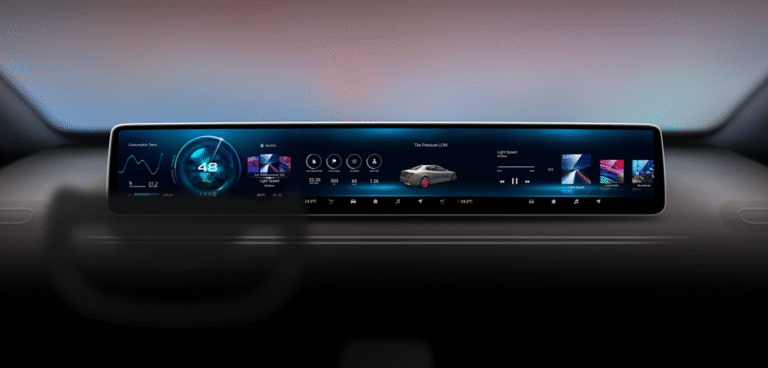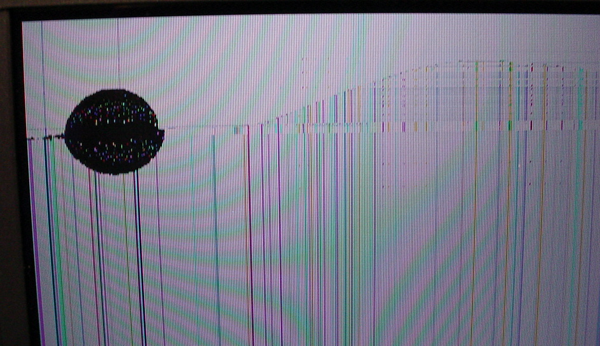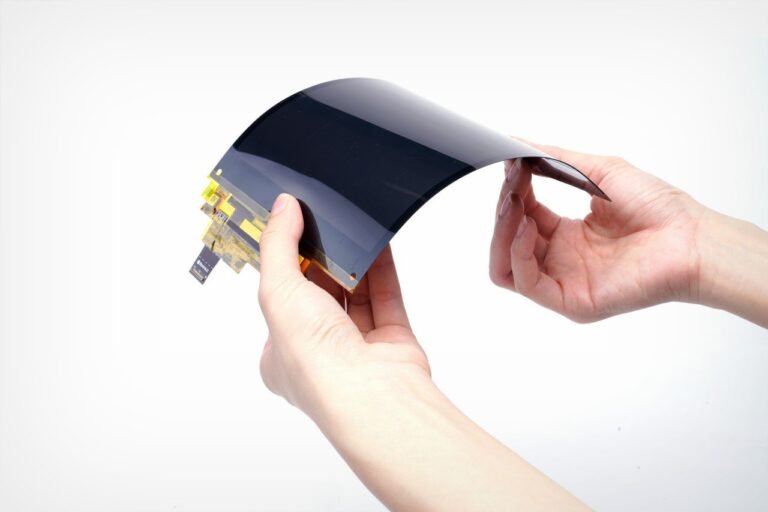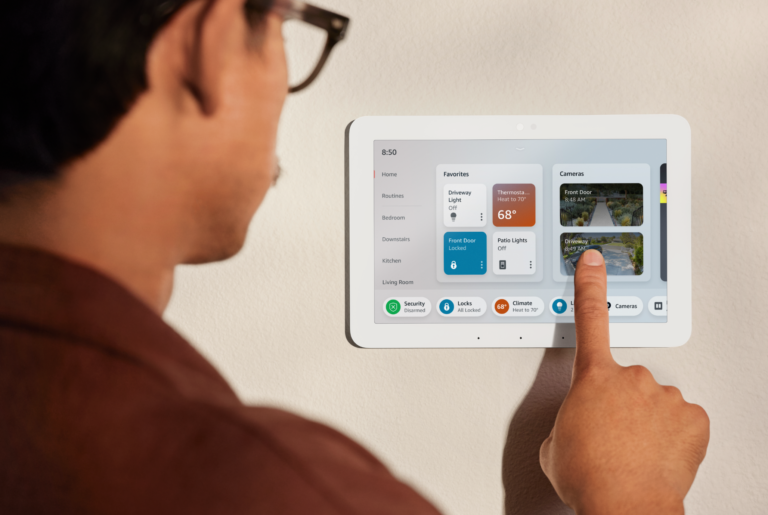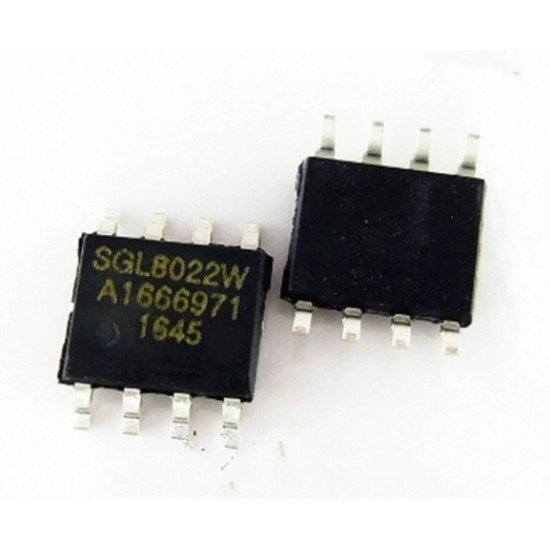Understanding the Basics: What is OLED Display?
An OLED display is a type of flat-panel display technology that uses organic compounds to emit light when an electric current passes through them. Unlike LCDs (Liquid Crystal Displays), which rely on a backlight to illuminate pixels, OLED displays are self-emissive. This means each pixel generates its own light and can be turned on or off independently.
The result is true black levels, infinite contrast ratios, and vibrant color reproduction, making OLED one of the most visually impressive display technologies available today.
How Does OLED Display Technology Work?
OLED displays consist of multiple thin layers of organic material sandwiched between electrodes. When voltage is applied, electrons and holes combine in the emissive layer, producing light.
The structure typically includes:
- Substrate layer: Provides mechanical support (often glass or flexible plastic).
- Anode layer: Removes electrons, creating “holes” that attract electrons.
- Organic layers:
- Conductive layer (transports holes).
- Emissive layer (produces light).
- Cathode layer: Injects electrons.
Because each pixel is its own light source, OLED panels do not require bulky backlighting systems, resulting in thinner and lighter displays.
Types of OLED Displays
There are several variations of OLED technology, each optimized for different use cases:
- PMOLED (Passive Matrix OLED):
Simple design, cost-effective, but limited in resolution and size. Suitable for wearables and small displays. - AMOLED (Active Matrix OLED):
Uses thin-film transistors (TFTs) to control each pixel. This enables higher resolutions, faster refresh rates, and better efficiency. Widely used in smartphones, tablets, and TVs. - Flexible OLED:
Built on plastic substrates, enabling curved, foldable, and rollable displays. - Transparent OLED:
Allows light to pass through when not in use, opening possibilities in smart windows, automotive displays, and retail signage.
OLED vs LCD: The Core Differences
To understand why OLED is considered superior in many cases, let’s compare OLED vs LCD:
| 기능 | OLED Display | LCD Display |
|---|---|---|
| 광원 | Self-emissive (each pixel lights up) | Requires backlight |
| 블랙 레벨 | True black, infinite contrast | Greyish blacks due to backlight bleed |
| 시야각 | Wide, consistent colors | Narrower, color shifts at angles |
| 두께 | Ultra-thin, flexible options | Thicker due to backlight layers |
| 전력 효율성 | More efficient for dark content | Consumes more power overall |
| 수명 | Limited by organic material aging | Longer lifespan in static use cases |
Advantages of OLED Displays
- True Black and Infinite Contrast
Since pixels can be turned off completely, OLED achieves perfect blacks and stunning contrast ratios. - Superior Color Accuracy
OLED can reproduce a wide color gamut, making it ideal for HDR content. - Thinner and Lighter Designs
With no backlight required, OLED displays can be ultra-thin and even flexible. - Faster Response Times
OLEDs offer near-instant pixel response, reducing motion blur in gaming and video. - 유연한 적용 분야
폴더블 스마트폰, 커브드 TV, 자동차 HUD(헤드업 디스플레이) 구현 가능.
OLED 디스플레이의 한계
- 번인 현상
정적 이미지를 장시간 표시할 경우 잔상이나 "번인"이 발생할 수 있음. - 청색 픽셀의较短 수명
청색 유기 물질이 더 빠르게 열화되어 장기적인 색상 정확도에 영향을 미칠 수 있음. - 높은 비용
OLED 패널 제조는 LCD 대비 비용이 더 높으며, 특히 대형 디스플레이에서 두드러짐. - 밝기 한계
OLED는 명암비에서 뛰어나나, 최고 밝기는 경우에 따라 Mini-LED와 같은 고급 LCD보다 낮을 수 있음.
OLED 디스플레이의 적용 분야
OLED 기술은 시각적 성능과 디자인 유연성 이 중요한 산업 분야에서 폭넓게 활용됨:
- 소비자 가전: 스마트폰, 태블릿, 노트북, 텔레비전.
- 웨어러블 기기: 스마트워치, 피트니스 밴드, AR/VR 헤드셋.
- 차량용 디스플레이: 디지털 계기판, 인포테인먼트 시스템, HUD(헤드업 디스플레이).
- 헬스케어: 의료 영상 및 모니터링 장비.
- 리테일 및 광고: 투명 OLED 사이니지 및 플렉서블 디스플레이.
OLED 디스플레이가 미래인 이유
OLED는 단순한 유행이 아닌 디스플레이 기술의 근본적인 변화를 의미함. 제조 효율성, 재료 내구성, 유연한 디자인의 지속적인 개선과 함께 OLED는 향후 10년 동안 고급 디스플레이 시장을 지배할 것으로 예상됨.
신규 분야(예: 롤업 TV, 폴더블 스마트폰, 증강 현실 안경 과 같은新兴 분야는 OLED의 유연성과 자체 발광 특성 때문에 가능해짐.
OLED 디스플레이를 선택해야 할까요?
답은 needs에 따라 다름:
- 우선순위로 고려할 경우 화질, 색상 정확도, 고급스러운 디자인을 최우선시한다면 OLED가 최선의 선택임.
- 원하는 조건이 비용 대비 효율이 높고 수명이 긴 솔루션을 원한다면 LCD가 여전히 장점을 가짐.
대부분의 현대적인 소비자 application에 대해 OLED는 미학과 성능의 이상적인 균형.
결론
을 제공함. 그렇다면,OLED 디스플레이란 무엇인가 우수한 명암비, 생생한色彩, 혁신적인 form factor를 제공하는 자체 발광 방식의 유기 기반 디스플레이 기술임. 비용과 번인과 같은 challenges에도 불구하고 OLED는 스마트폰부터 스마트 시티에 이르기까지 다양한 산업의 스크린未来를 계속해서塑造해 나가고 있음. 몰입형 경험과 세련된 디자인에 대한 수요가 증가함에 따라 OLED는 우리가 디지털 콘텐츠와 상호 작용하는 방식을 재정의할 cornerston 기술로 자리매김하고 있음.
With the growing demand for immersive experiences and sleek designs, OLED stands as a cornerstone technology that will redefine how we interact with digital content.


